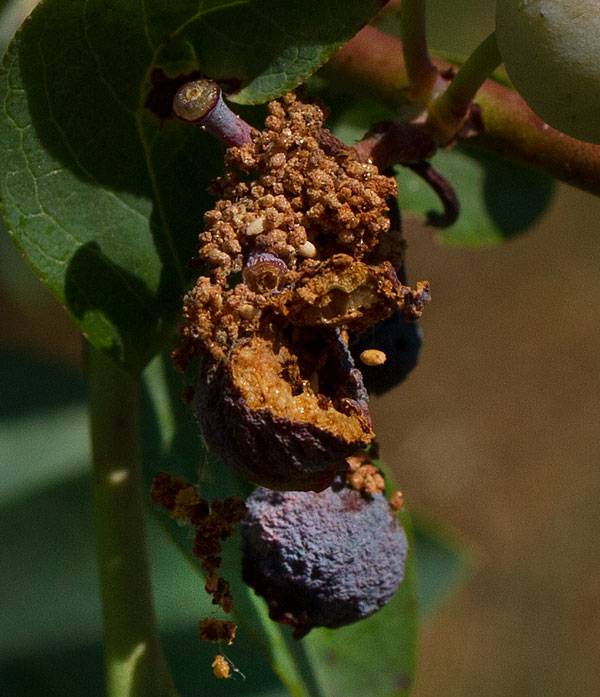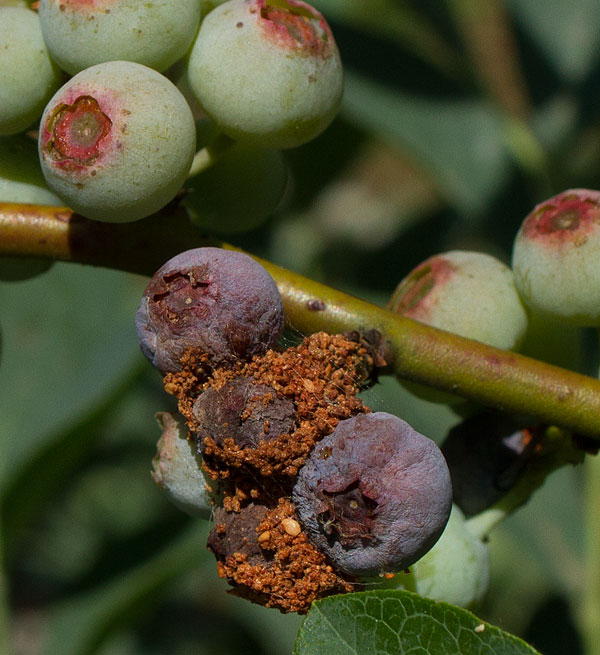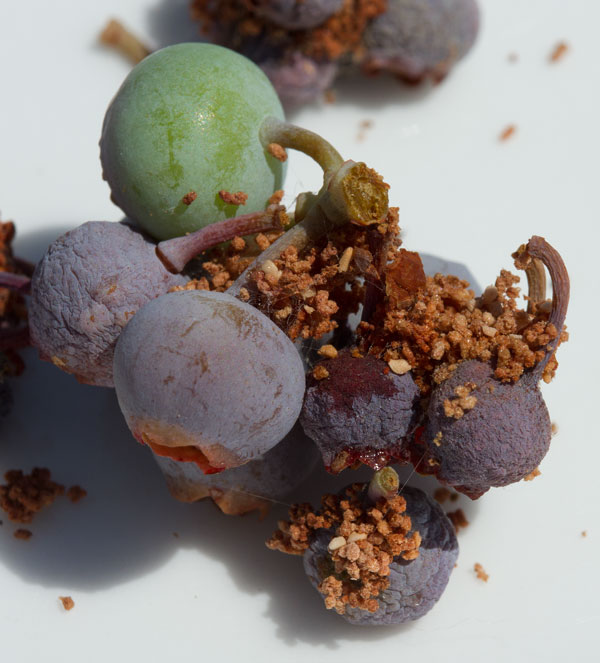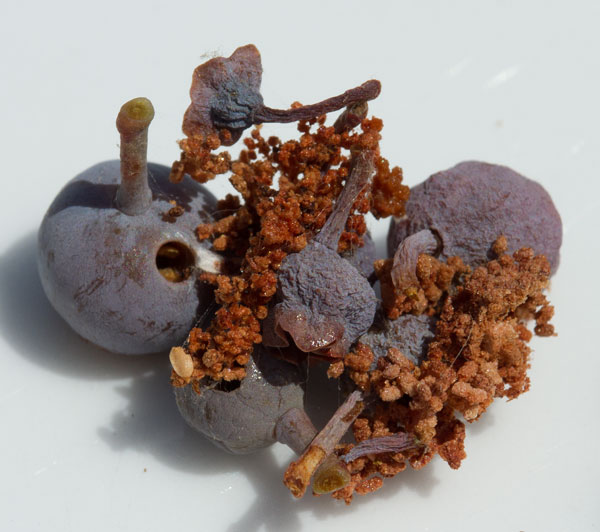Cranberry Fruitworm in Blueberry
go.ncsu.edu/readext?303544
en Español / em Português
El inglés es el idioma de control de esta página. En la medida en que haya algún conflicto entre la traducción al inglés y la traducción, el inglés prevalece.
Al hacer clic en el enlace de traducción se activa un servicio de traducción gratuito para convertir la página al español. Al igual que con cualquier traducción por Internet, la conversión no es sensible al contexto y puede que no traduzca el texto en su significado original. NC State Extension no garantiza la exactitud del texto traducido. Por favor, tenga en cuenta que algunas aplicaciones y/o servicios pueden no funcionar como se espera cuando se traducen.
Português
Inglês é o idioma de controle desta página. Na medida que haja algum conflito entre o texto original em Inglês e a tradução, o Inglês prevalece.
Ao clicar no link de tradução, um serviço gratuito de tradução será ativado para converter a página para o Português. Como em qualquer tradução pela internet, a conversão não é sensivel ao contexto e pode não ocorrer a tradução para o significado orginal. O serviço de Extensão da Carolina do Norte (NC State Extension) não garante a exatidão do texto traduzido. Por favor, observe que algumas funções ou serviços podem não funcionar como esperado após a tradução.
English
English is the controlling language of this page. To the extent there is any conflict between the English text and the translation, English controls.
Clicking on the translation link activates a free translation service to convert the page to Spanish. As with any Internet translation, the conversion is not context-sensitive and may not translate the text to its original meaning. NC State Extension does not guarantee the accuracy of the translated text. Please note that some applications and/or services may not function as expected when translated.
Collapse ▲Farmers and gardeners who grow blueberries may notice damage to the developing berries caused by the cranberry fruitworm. The cranberry fruitworm moth lays eggs on green berries and after hatching the larvae burrow into the fruit and eat the pulp. Larvae will move from berry to berry, feeding and leaving behind frass (excrement). Most people will not notice the fruitworms which are inside the fruit but the frass they leave behind is easily visible on the fruit clusters.
The good news is this pest usually causes very minor damage, only infesting a small percentage of berries. By the time berries are harvested the damaged, infested fruit has dropped off the bush. Large acreage conventional growers will often spray an insecticide at petal fall to control these pests because they are already spraying for other pests and diseases. For small growers treatment is not required as the damage in most cases is minimal. In the series of photos below, the fruitworms have already done their damage and are pretty much done. They will pass the rest of the year as larvae on the ground.
For more information:
Cranberry fruitworm fact sheet – North Carolina State University
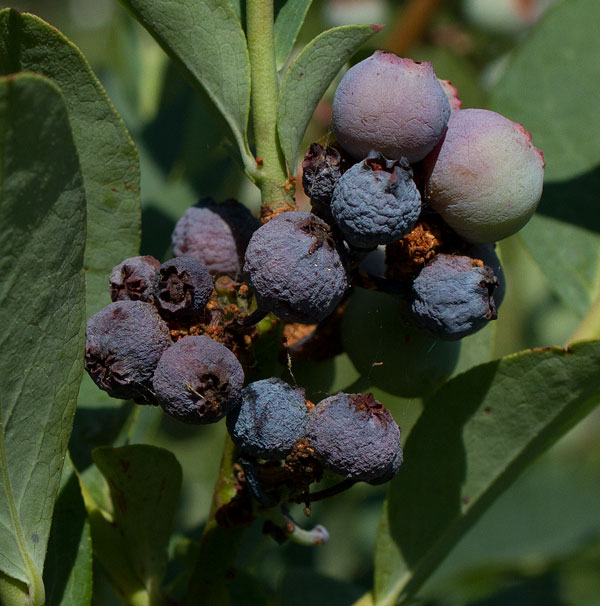
Berries infested with the cranberry fruitworm are shrunken and turn prematurely blue. Photo by Debbie Roos.





